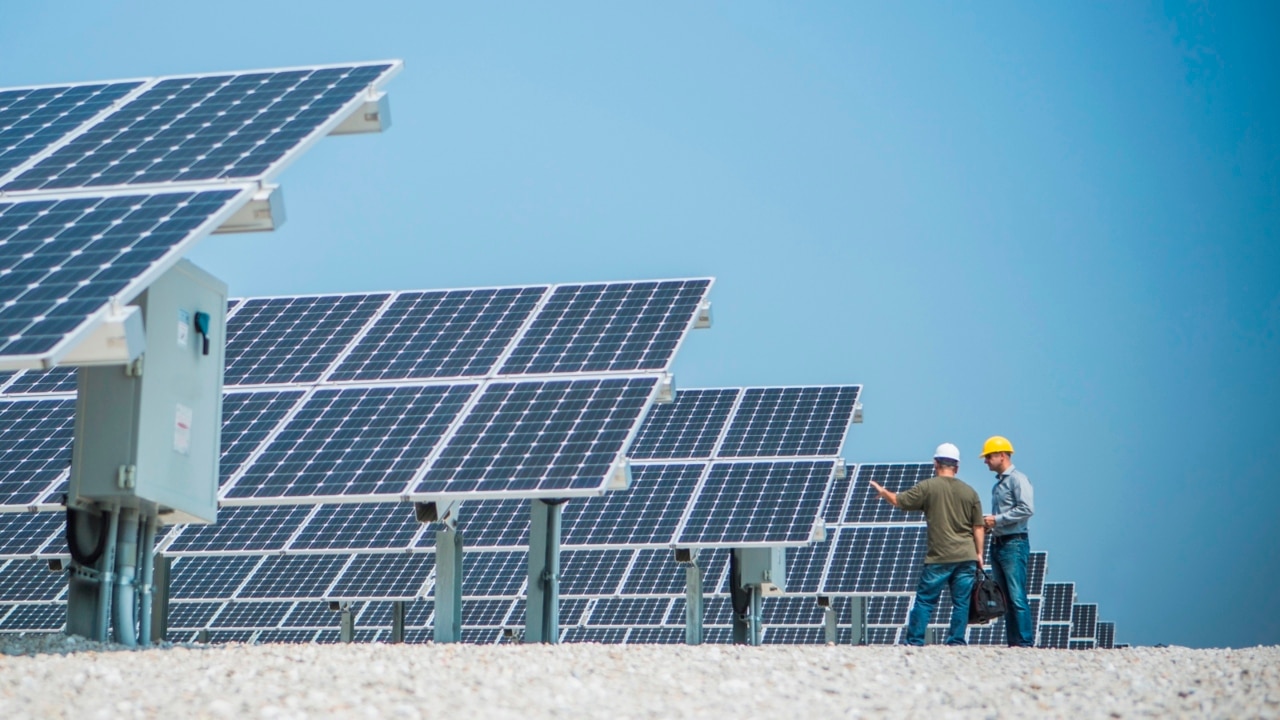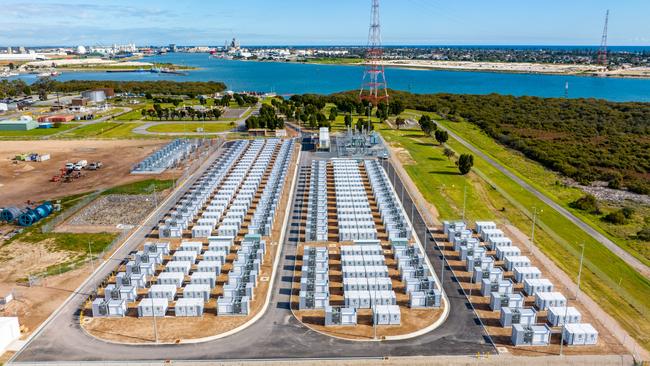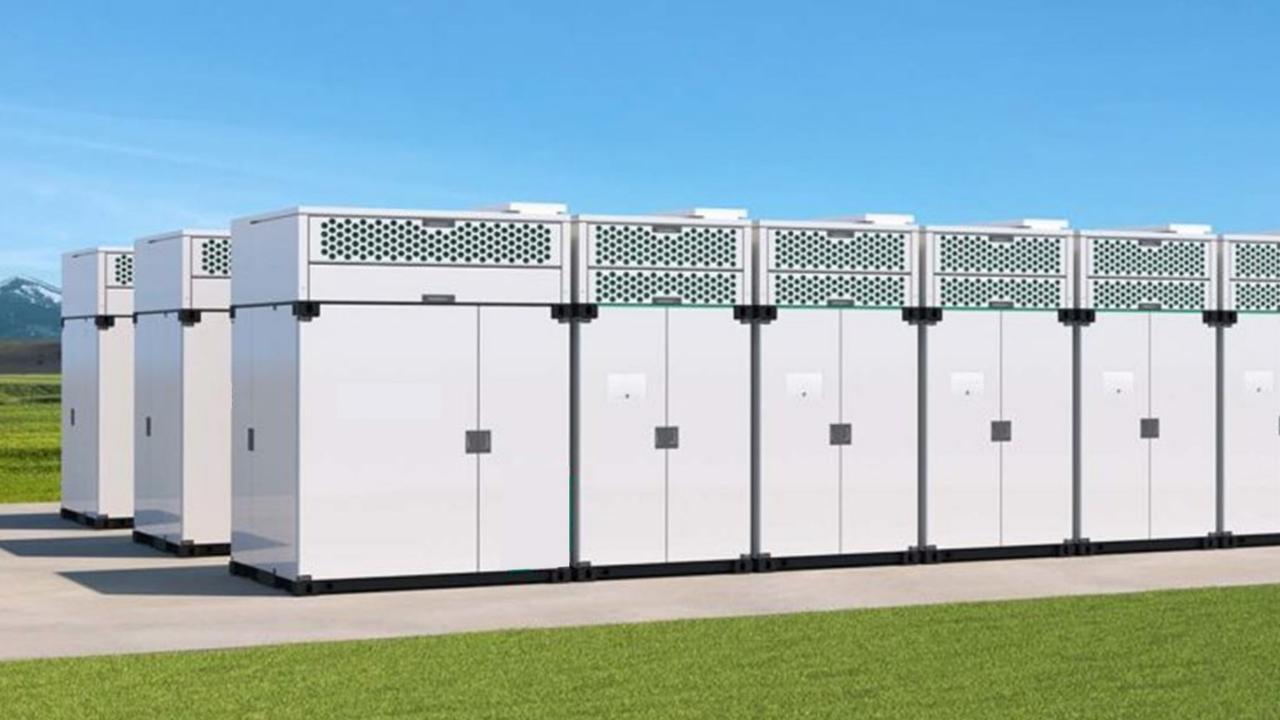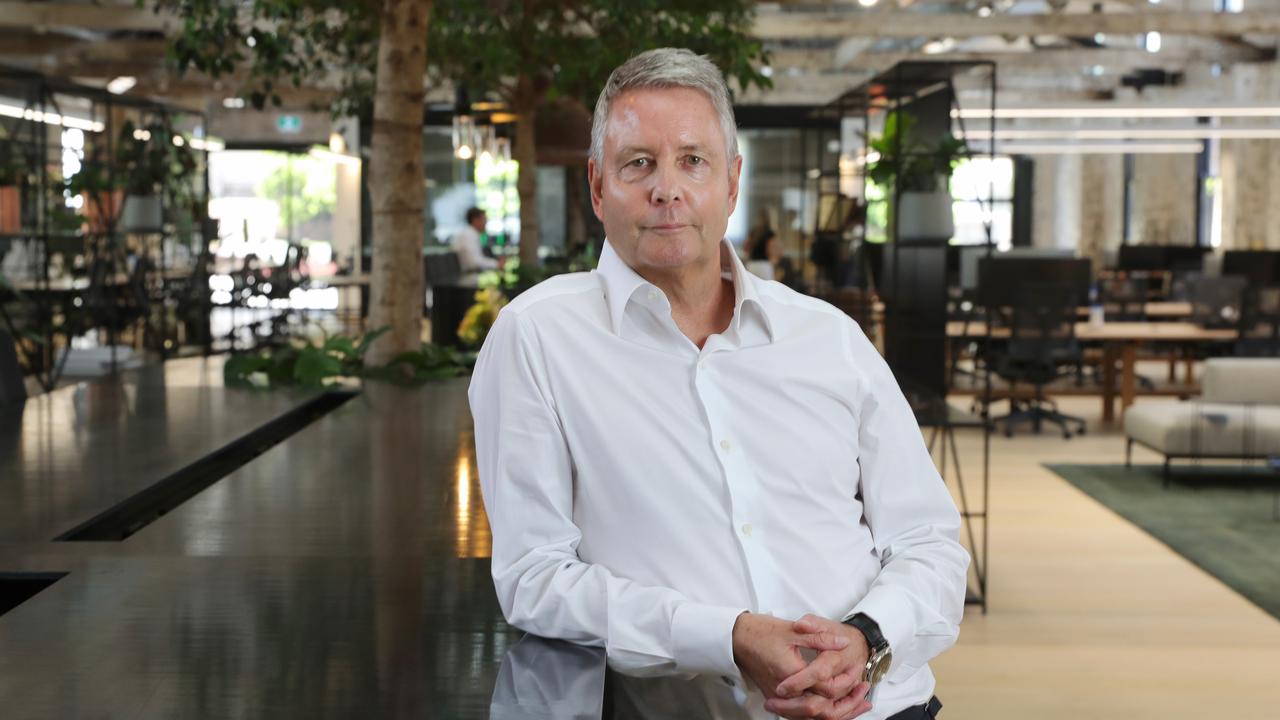Energy retailers push gas in seeking changes to green scheme
Energy giants have told the Albanese government its plan to lure $10bn of private investment in back-up electricity generation must be tweaked to succeed.

Energy giants have told the Albanese government its plan to lure $10bn of private investment in back-up electricity generation must be changed to succeed, with concern the scheme will be blunted by the exclusion of gas, and demands for a structured plan to phase out coal.
Labor is looking to spur urgent spending in renewable energy generation, particularly so-called dispatchable supplies – large-scale batteries or pumped hydro – and hopes its so-called capacity investment scheme will unlock billions of dollars in private capital.
Some of the nation’s biggest energy companies have broadly backed the objectives of the plan but say changes are needed or households will face a price hit and a more volatile power grid.
The Australian Energy Council, representing major generators and retailers, said it held concerns over the impact on existing supplies and wanted the Department of Climate Change, Energy, the Environment and Water to create a structured plan for the exit of coal.
“With the capacity investment scheme supporting market entry but not existing capacity, it unavoidably undermines the profitability of the latter,” the AEC said.
“This opens the high prospect of driving closure of existing capacity before new capacity is ready to adequately replace it, with negative consequences for reliability and price.
“With this in mind, the AEC considers the department should accelerate work, alongside states, on structured coal closure arrangements. Throughout 2023 the AEC has been unsuccessful in contacting the relevant department team nor NSW team on this matter and repeats its requests for such a dialogue.”
It follows a move by Labor to fire a new salvo in Australia’s energy wars, releasing new government costings claiming that Peter Dutton’s proposal to convert coal-fired power stations into small modular nuclear reactors would cost $387bn.
Alinta Energy said the Australian government should remove the requirement for projects to be operational by 2030 and the six gigawatt cap on dispatchable capacity, which would not provide the right investment signals for technologies that had longer development periods but were potentially larger in scale.
“Whilst the timeframe may align with the current setting of the Australian government’s financial budget caps, it also poses a risk of limiting the (capacity investment scheme) to only promoting short-term storage,” said Alinta Energy.
“This is inefficient and will ultimately impose additional long-term costs on the consumers and potentially fail to achieve the reliability levels required for a stable grid.”
The capacity investment scheme, agreed to late last year by national and federal energy ministers, involves the government underwriting revenue for a mix of zero emissions dispatchable generation and storage projects.

AGL Energy said the policy should be split and allow financial support for both short-duration and long-duration projects, as the current focus on bigger projects would discourage private capital from investing to address some reliability issues.
“The value provided by a longer-duration storage or fully firm project is not entirely comparable to short-duration storage especially in the later years,” AGL Energy said.
While the tweaks are likely to be considered, the biggest change the industry would like to see is the inclusion of gas – but industry sources said they had now accepted there wasn’t the political appetite to include the fossil fuel.
“The reality is we need gas. The capacity investment scheme will help but batteries and pumped hydro cannot replace the role of gas. It is a capacity mechanism with no capacity,” said one senior industry source.
Major energy users also questioned how the need for gas generation figured within the scheme.
“We are yet to understand how the required 10GW of gas generation will participate in an environment where short-duration capacity continues to be underwritten by the capacity investment scheme,” the Energy Users Association of Australia said.
Origin Energy chief executive Frank Calabria last month hinted at Origin’s approach in an interview with The Australian.
“The proposed capacity investment scheme excludes gas-fired peaking generation, and we do think that will be needed when coal goes out,” Mr Calabria told The Australian.
The push for gas will not be welcomed by some, most notably Victoria, which has led opposition to including coal and gas in the original capacity mechanism floated by the previous Morrison government.
The scheme – dubbed “coal keeper” – was rejected by states before then new Labor Energy Minister Chris Bowen struck an amended package that included only renewable energy.
While lukewarm, Australia’s energy industry gave the policy support amid heightened concern that the country had no time to waste in developing fresh generation sources.
Australia has set an ambitious target of having renewable energy generate more than 80 per cent of the country’s power needs by 2030, a central pillar in the country’s plan to be net zero by 2050.
Australia, however, is struggling to develop enough renewable energy sources to meet its target, and the Australian energy market operator warned in August urgent investment in new generation was needed or the country faced a decade of unreliable electricity supplies.
There is particular concern about Australia’s so-called dispatchable capacity, which would prop up a grid increasingly reliant on solar and wind power.
Without a substantial increase in batteries and pumped hydro, Australia’s energy market fears the impact of so-called renewable droughts – when the sun is not shining or the wind is not blowing.
Batteries remain prohibitively expensive, and pumped hydro projects can take years to develop.
If Australia is unable to develop enough capacity to back-up the grid during unfavourable weather conditions, energy executives warn of heightened risks of blackouts and price rises.
The Australian Energy Regulator in June revealed the number of households on hardship payment plans to repay electricity bills surged by 19 per cent during the first quarter of 2023, underscoring the impact of recent increases in bills.
The surge came before many households endured an increase of more than 20 per cent, the second such rise in as many years.






